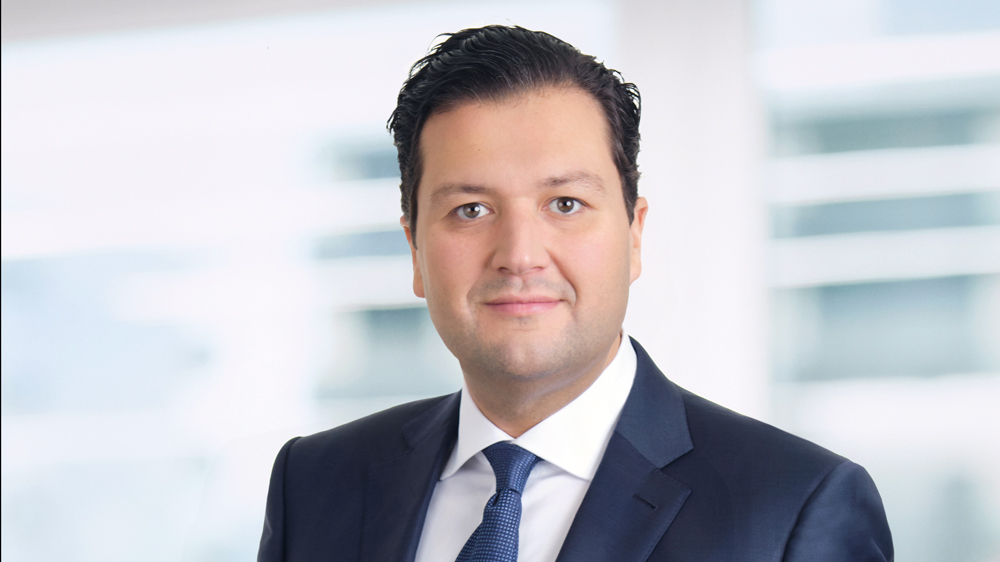Tangible assets become indispensable

The monetary policy turnaround is here. But in Europe, including Switzerland, we do it in slow motion. Only real values offer investors protection against inflation and prospects for returns.
Many are still talking about whether she’s coming – but she’s already here. The turnaround in interest rates has also reached Switzerland. The word turning sounds a bit bigger than what actually happened. It is simply a matter of a change of sign: For the first time in many years, the yields on medium- and long-term Swiss franc bonds are again nominally in positive territory. The same trend can be observed in the euro area and spreads in the peripheral countries are also widening.
Is the real estate boom coming to an end?
The reason for the nervousness on the interest rate markets is quickly found. Inflation is rising on both sides of the Atlantic – and now so fast that the US Federal Reserve is now clearly tightening the reins. That’s why everyone is now staring at the European Central Bank (ECB): Will it follow the USA and thus also burden the local economy with higher capital costs? And what would that mean for the Swiss National Bank (SNB)? Are we threatened with an end to the good economic environment and the long-standing real estate and material asset boom?
Neither nor. Because the situation in Europe is fundamentally different than in the USA. First of all, real interest rates and, in some cases, nominal interest rates have been negative in the euro area and in Switzerland for years. This has never happened in the USA. Negative interest rates, such as those demanded by the ECB and the SNB for deposits for many years, are also unknown in the USA. Just like the negative interest rates for larger sight deposits that are now common here from commercial banks. Second, growth in Europe is structurally weaker than in the US. The American gross domestic product grew by 5.7% last year and even increased by 6.9% in the fourth quarter. This even puts inflation into perspective, which at 7.5% recently reached its highest level in 40 years. Employment in the USA has risen sharply and unemployment is falling. And at the same time, after two years of the pandemic, US citizens are sitting on a lot of money. All of this enables the Fed to fight inflation vigorously.
Slow rate hikes
The ECB, on the other hand, is stuck at low interest rates. Even if it did so to curb inflation, there’s no way it can raise rates as quickly and decisively as the Fed. Because the large amount of cheap money that they pumped into the market over the past ten years has increased the debt burden of the EU countries so massively that the central bank not only chokes off the upswing with a rise in interest rates, but also gives their own member states the air to breathe would take. Even the triple-A nation Germany is now stuck in the interest rate trap.
As a result, the hands of the SNB are largely tied. On the one hand, the franc is stronger against the euro than it has been since January 2015. On the other hand, inflation in Switzerland is currently contained. The economic research center Kof expects consumer prices to rise by 2.0% in 2022 and by 1.3% in 2023. Rising energy costs are having less of an impact on the Swiss economy than the economic areas of the USA and the euro zone, and the strong currency generally has a price-inhibiting effect. If the SNB does not want to take the risk of an even stronger currency, it will have to wait for the ECB’s first interest rate hikes before it can move its key interest rates closer to zero.
In other words, the monetary policy turnaround is here. But in Europe, including Switzerland, we do it in slow motion. The ECB will scale back its bond-buying programs; it doesn’t have the leeway for large rate hikes. The ECB must and will let inflation run its course for a while. The SNB is unlikely to be under pressure as inflation will remain moderate. It will proceed cautiously with regard to rate hikes.
Tangible assets remain trumps
In such an environment, investors are dependent on real assets, the only investments that offer them protection against inflation and prospects for returns. Investments in real estate and other tangible assets are therefore becoming indispensable, and because investment pressure is increasing, prices in the segment are also continuing to rise. What we are witnessing here is not bubble formation. Normal market forces are at work here. Anyone who fears a bubble in the USA can also relax: There, the yield levels for most asset classes – especially on the real estate markets – are structurally higher than in the euro area. This in turn acts as a buffer against rising capital costs. If the Fed is now planning to return to interest rate normality, this is no cause for concern, but rather proof of economic strength.
We are a long way from that in Europe and in Switzerland. Instead, we must brace ourselves for a phase of persistently low real interest rates. In this environment, which penalizes holding cash and investments that pay nominal interest, equities, real estate and commodities continue to promise the greatest success. Against this background, securities of globally active real estate companies continue to show good prospects. In Switzerland, the real estate market has moved up sharply in terms of prices in recent years. From an economic perspective, however, there is little reason why prices should fall as long as negative real interest rates persist.